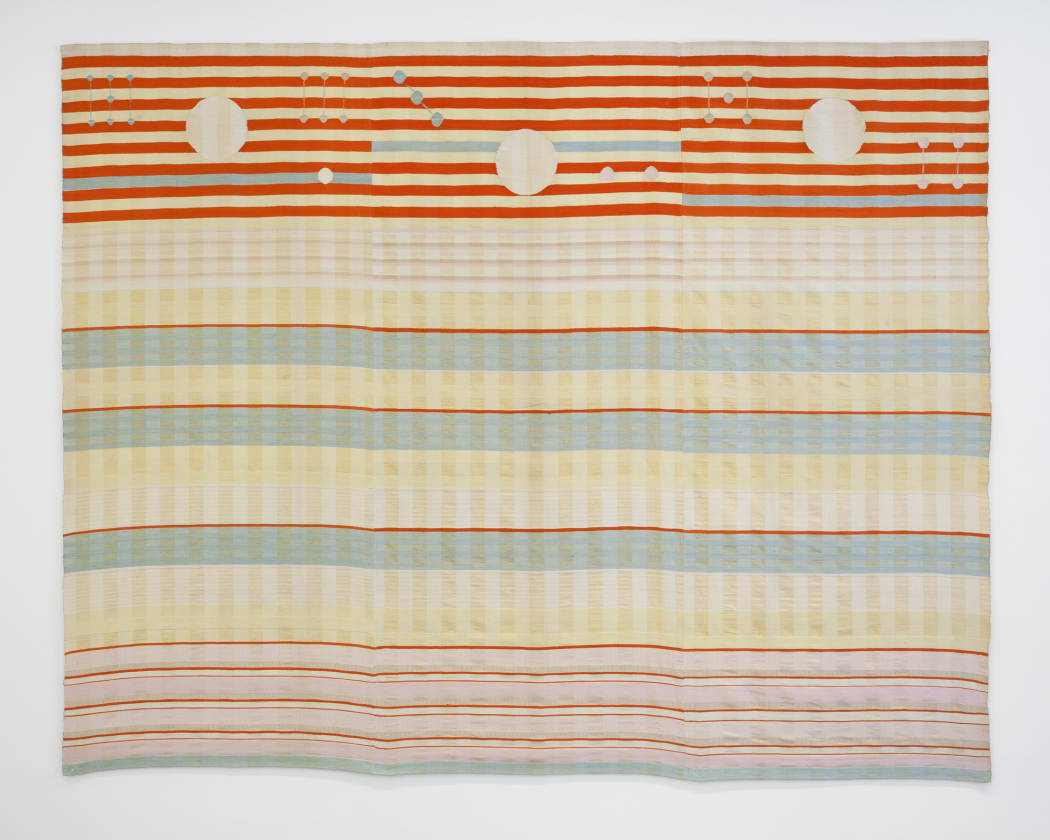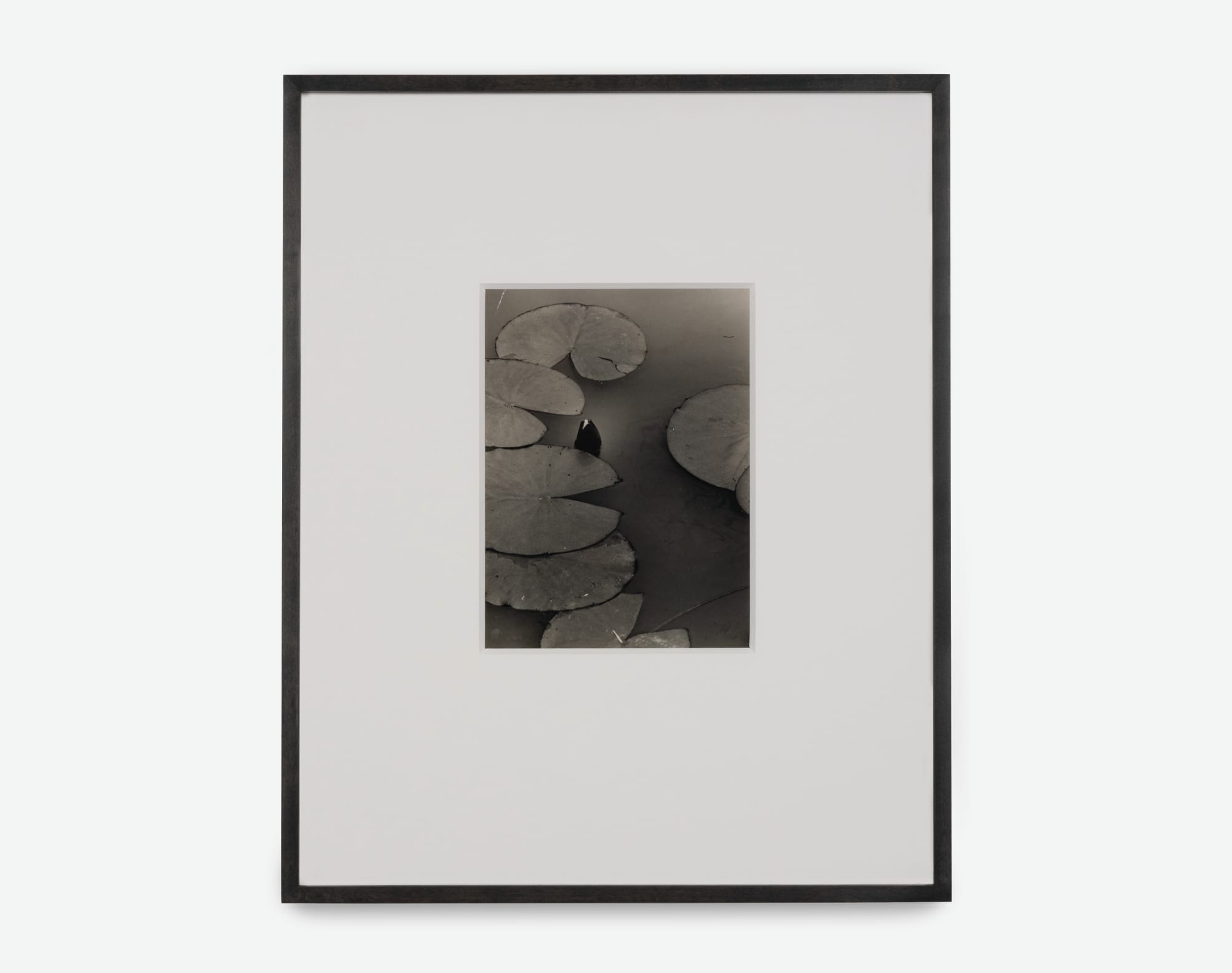
Benita Koch-Otte’s story reminds us that modernism did not arrive only on gallery walls or in avant-garde manifestos. It arrived through rooms and routines—through kitchens and carpets, swatches and warps—where disciplined thinking met daily use. A leading figure of the Bauhaus weaving workshop and later head of the weaving studio at Burg Giebichenstein in Halle, Koch-Otte (1892–1976) shaped a modern visual language out of fiber and taught generations to see structure, color, and care as inseparable. Today, as museums reframe textiles as central to twentieth-century abstraction, her work feels both lucid and startlingly contemporary.
She entered the Bauhaus in Weimar in 1920 already trained as a teacher of drawing, sewing, and physical education. In the weaving workshop—where many women were steered despite the school’s rhetoric of equality—she absorbed the analytic rigor of the preliminary course and, crucially, Paul Klee’s approach to color as a system of relations rather than a set of effects. Those ideas moved from paper to loom. From early wall hangings to rational domestic textiles, Koch-Otte used binding types and dye systems as compositional choices, treating structure itself as a kind of drawing. If one wants a clear, public proof of this synthesis, one can study the 1923–24 Woven Wall Hanging: bands of calibrated hue and value, punctuated by circular “voids,” turn a textile into a field of measured intervals—order without monotony. The piece has anchored exhibitions that ask how textiles became modern, and why we ever assumed they weren’t.
The same intelligence traveled into architecture. For the 1923 Bauhaus exhibition, Koch-Otte co-designed the rational, built-in kitchen for the experimental Haus am Horn with Ernst Gebhardt. Conceived as a housewife’s laboratory, it organized movement, hygiene, and light with an economy usually reserved for chairs, lamps, and textiles. What looks like cabinetry turns out to be choreography: drawers, counters, and flows scripted to respect labor and time. The design helped set the stage for a broader wave of modern kitchens in Germany, and it demonstrates how she thought across media. The logic that orders a color band on a hanging—sequence, interval, function—also orders a room. Here, form is not decoration applied to use; it is use understood as form.
When the Bauhaus moved to Dessau, Koch-Otte took a different path, accepting the leadership of the weaving studio at Burg Giebichenstein (1925–33). Halle became a sister laboratory—less cloistered atelier than production-and-teaching site feeding contemporary interiors and the Grassimesse fairs. Her temperament as a builder of systems—color swatches, binding charts, sample boards—met an institutional mandate: make modern textiles that hold their own in public and domestic space. In Halle, her dialogue with photography also deepened. Her husband, Heinrich Koch, trained at the Bauhaus and later directed Burg’s photography class. His carefully staged images of her textiles did more than document; they translated woven structure into modern picture, turning fiber into a graphic argument that could travel to juries, magazines, and museums. That translation mattered. It is how textiles learned to speak to publics beyond the room.
 Benita Koch-Otte. Water Lily, c. 1930. Gelatin silver print, 8 1/4 x 6 in (21 x 15.2 cm). Image courtesy of Zeit Contmporary Art, New York.
Benita Koch-Otte. Water Lily, c. 1930. Gelatin silver print, 8 1/4 x 6 in (21 x 15.2 cm). Image courtesy of Zeit Contmporary Art, New York.
Koch-Otte herself made photographs—small silver-gelatin prints that reveal an eye tuned to structural geometry in natural forms. Consider a water-lily close-up: radiating ribs, nested curves, tonality organized like a lattice. Hold that image beside the rhythmic stripes and puncta of a wall hanging and a feedback loop appears. The camera teaches the eye to register structure; the loom turns that lesson tactile. It’s not a leap from lily pad to warp-weft grid; it’s a translation.
Her career, however, cannot be understood apart from the gender architecture of modernism. The weaving workshop was notoriously labeled the “women’s department,” and formal apprenticeships leading to master status were often blocked to women. And yet, precisely in that bounded space, some of the school’s most consequential innovations occurred. Textiles kept the Bauhaus solvent while advancing a color-structural research program that painting often imitated from a safe distance. Koch-Otte’s presence in the workshop is not a footnote to the “real” story, it is one of the places where the story of modernism gets written, by women, in fiber.
The rupture of 1933 dispersed Halle’s faculty. Koch-Otte and Heinrich moved to Prague; his accidental death the following year sent her back to Germany, where she reorganized and led a large therapeutic weaving enterprise at the Bodelschwingh Foundation in Bethel until 1957. There, the loom became more than a production device: it was an instrument of dignity, training, and income for people with disabilities. In 1947, she published a pamphlet with a title that sounds almost archaic today—On the Eternal Mission of Craft in Times of Necessity—but the work behind it is practical, not nostalgic. Craft became an ethic, a way to rebuild hands, rooms, and institutions after catastrophe. That postwar stance did not flatten complexity. Research has surfaced later carpets bearing Nazi insignia, likely commissioned for municipal contexts; situating such objects alongside decades of teaching, organizing, and therapeutic labor gives a fuller picture of an artist navigating—and sometimes accommodating—the realities of mid-century Germany. Reckoning with those objects is part of reckoning with the period.
Unlike several Bauhaus peers, Koch-Otte did not leave behind a large body of editioned prints on paper. In her practice, the “print” is mostly photographic: studio images that put textiles into circulation and small, close-looking photographs she made herself. Her paper archive leans pedagogical—gridded plans, color swatches, binding diagrams—because the sheet served as a thinking surface, a scaffold for decisions destined for thread. The modernist fantasy of a “pure” print series gives way, in her case, to a more interesting hybrid: drawings that behave like recipes; photos that behave like arguments; weavings that behave like pictures.
Pleasure, in Koch-Otte’s work, arrives as the calm of comprehension. The eye discovers a logic and enjoys recognizing it—the way a jazz progression gratifies once you hear the changes inside the melody. Her textiles offer precision without fussiness, rhythm that stays alive without losing discipline. In the house, her kitchen turns function into choreography, and choreography into a visual grammar you can read with your hands. The pleasure here is intellectual and tactile at once.
Her influence traveled outward through students, notably Trude Guermonprez, who became a pivotal voice in American fiber art, carrying a Halle/Bauhaus seriousness about structure and teaching into the postwar U.S. ecosystem. Meanwhile, exhibitions have recoded textiles as central to the story of modern abstraction rather than a decorative sidebar. Seen in that light, Koch-Otte’s weavings belong in the same conversation as the paintings and prototypes long credited with defining the century.
If there is a lesson she offers the present, it might be this: reproducibility is not the enemy of judgment. In Weimar and Halle, she built systems—color swatches, binding charts, photography protocols—that made good decisions repeatable without evacuating the role of the maker. In Bethel, she scaled that philosophy into an ethics, turning technique into a social form. Designers today, juggling parametrics and production, could do worse than study her method: start with clear relations, make them legible, let the hand confirm what the eye proposes, and keep the room—the human scene—in view.
Modernism is too often narrated as a chain of heroic singularities. Koch-Otte offers another script: abstraction as social craft. She shows how a modern language can be built from repeated, teachable acts; how a kitchen can be a thesis; how a photograph can be a bridge; how a textile can hold philosophy without ever needing to declare it. That is why her work still looks new—not because we have finally “rediscovered” a forgotten woman, but because the future she made space for is the one we’re inhabiting now.


